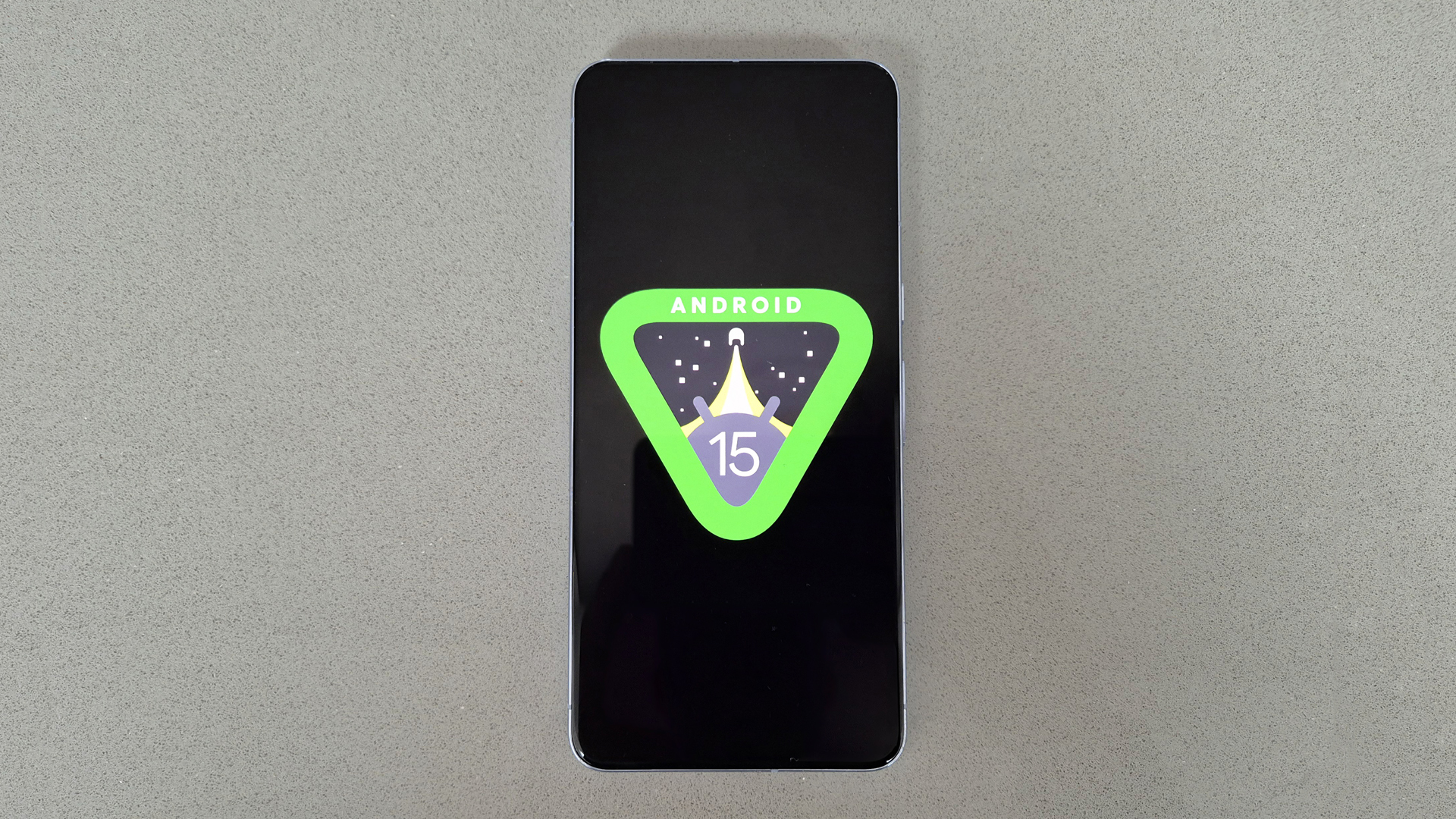
Google has changed the minimum requirements for Android 15, meaning devices need at least 32GB of storage.
That could see the cheapest devices unable to upgrade to the latest version of Android. Although it could also mean that the cheapest devices offer a better experience in the future.
Google has changed the rules for Android devices and that could see the lowest cost phones now needing to offer a little more to buyers. The change comes about as a shift in the requirements to run Android 15.
For an Android device to be certified by Google – which gains access to Google services such as Play Store – it needs to hit certain hardware requirements. And for the last couple of years, the requirement for flash storage has been set at 16GB.
As long as the device had that (with at least 75% of that storage available for data) then it was in line for certification.
For Android 15, that flash storage requirement has moved to 32GB. That means that for a device to be certified by Google, it must have at least 32GB on board. Yes, manufacturers can still produce devices with low storage the run Android, but not the Google-certified version with Google Mobile Services.
For many buying the best Android phones, this won’t be a concern. But at the very cheap end of the market, especially in emerging markets, there are a range of devices with these sorts of low specs that won’t be able to use Android 15.
The storage isn’t the only requirement, of course, there are other elements that a device needs to offer, such as allowing the sharing of information in an emergency, support for Vulkan 1.3 or higher (which will handle graphics on Android devices moving forward), while there is also guidance on RAM requirements for a device too.
The reason for the change – as outlined by Android Authority – is to improve the experience on low-end devices. That might see some manufacturers increasing the price a little, but it should mean that those who can only afford the most basic device now get a better Android experience.
This applies to Android 15, but if you’ve been keeping up with the news, you’ll know that Android 16 is in development and making good progress and that will usher in a few more changes.
We’re expecting to hear more about Android 16 at Google I/O in May 2025, with the timeline for release around June. That sees the next version of Android landing a number of months earlier than the previous version.
It could therefore be that Android 15 is the version that’s on your device for the shortest length of time – especially if you’re a Samsung owner.







